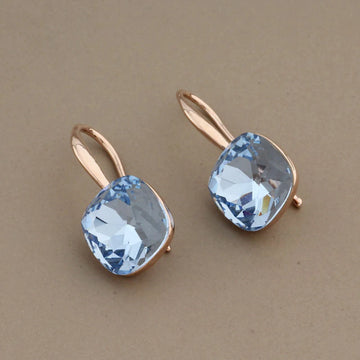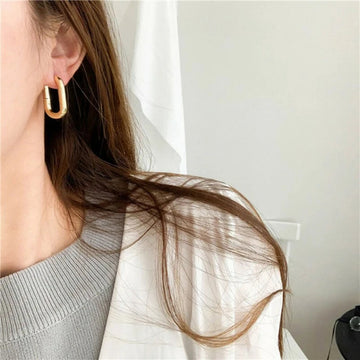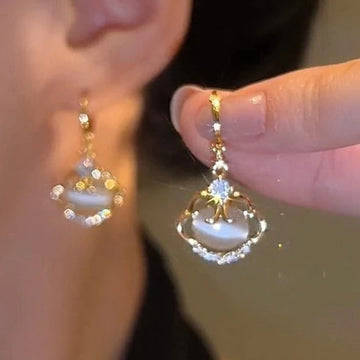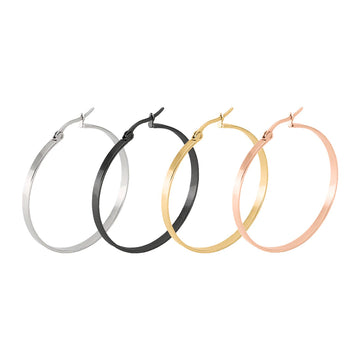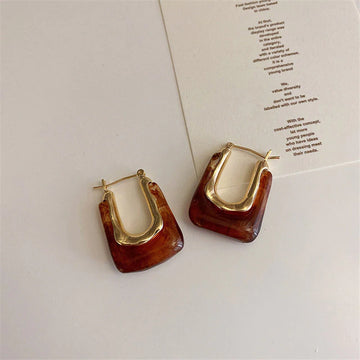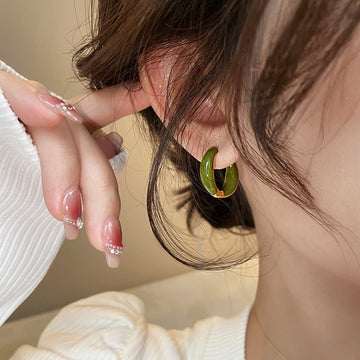Metal and Style Coordination: Tips and Tricks for a Flawless Look
Jewellery is an essential part of any fashion ensemble, and choosing the right metal and style coordination can make all the difference in the overall look and feel of an outfit. Understanding the basics of metal and style coordination is crucial for anyone who wants to look their best, whether for everyday wear, formal events, or business settings.
In this guide, we will cover everything you need to know about metal and style coordination, from the different types of metals used in jewellery to tips for creating perfectly coordinated looks.
Understanding the Basics of Metal and Style Coordination
The first step in metal and style coordination is understanding the different metals used in jewellery and their properties. Gold, silver, and platinum are the most commonly used metals in jewellery, each with its unique properties and characteristics.
- Gold is a popular choice for its durability and versatility, with different karat levels providing different levels of purity.
- Silver is known for its bright shine and affordability, while platinum is valued for its strength and durability.
Different styles of jewellery can also be coordinated with different metals to create a cohesive look. For example, classic and traditional styles often pair well with gold or platinum, while modern and contemporary styles may look better with silver or white gold.
Metal and Style Coordination for Different Occasions
Different occasions call for different styles of jewellery, and metal and style coordination is crucial for creating the right look.
- For everyday wear, understated and simple styles are often best, such as delicate gold necklaces or simple silver studs.
- For formal events, more elaborate and statement pieces may be appropriate, such as diamond-studded earrings or a bold gold cuff bracelet.
In a business setting, it's important to keep jewellery minimal and understated. Simple gold or silver studs and a delicate chain necklace are perfect for a professional look that won't distract from your work.
Mixing Metals: Do's and Don'ts
Mixing metals can be a great way to create a unique and stylish look, but it can also be challenging to get right. The key to mixing metals is to keep it simple and avoid going overboard. A good rule of thumb is to stick to two or three metals at most and to mix metals with similar finishes, such as matte, brushed, or polished.
It's also important to consider the colour of the metals when mixing. Warm-toned metals like gold and copper pair well with warm-coloured stones like yellow, orange, and red, while cool-toned metals like silver and white gold pair well with cool-coloured stones like blue, green, and purple.
Personalizing Your Metal and Style Coordination
While understanding the basics of metal and style coordination is essential, it's also important to express your personal style and creativity. Don't be afraid to experiment with different metal and style combinations and mix and match different pieces to create unique and personalized looks.
One way to do this is to layer different metal and style combinations. For example, you could layer a delicate gold necklace with a bold silver statement necklace for a unique and stylish look. You can also experiment with mixing different styles, such as pairing a vintage gold ring with a modern silver bracelet.
Metal and Style Coordination for Men
Metal and style coordination is not just for women - men can also benefit from understanding how to coordinate different metals and styles in their jewellery.
For men, the key is to keep it simple and understated. A simple silver or gold watch and a classic leather bracelet can add a stylish touch to any outfit.
Metal and Style Coordination for Different Skin Tones
Choosing the right metal for your skin tone is another important consideration in metal and style coordination. For those with cool skin tones, silver, white gold, and platinum are the best choices, while those with warm skin tones should opt for gold, rose gold, or copper.
When coordinating different styles with different skin tones, it's important to consider the colour of the metal as well as the colour of the stone. Cool-toned metals pair well with cool-coloured stones like blue and green, while warm-toned metals pair well with warm-coloured stones like yellow and orange.
Conclusion
Metal and style coordination is an essential part of any fashion ensemble, and understanding the basics can help you create a flawless and stylish look. With that, you can create perfectly coordinated jewellery looks for any occasion.
Don't be afraid to experiment with different metal and style combinations and express your personal style and creativity. With these tips and tricks, you'll be on your way to a flawless and coordinated jewellery look in no time.
